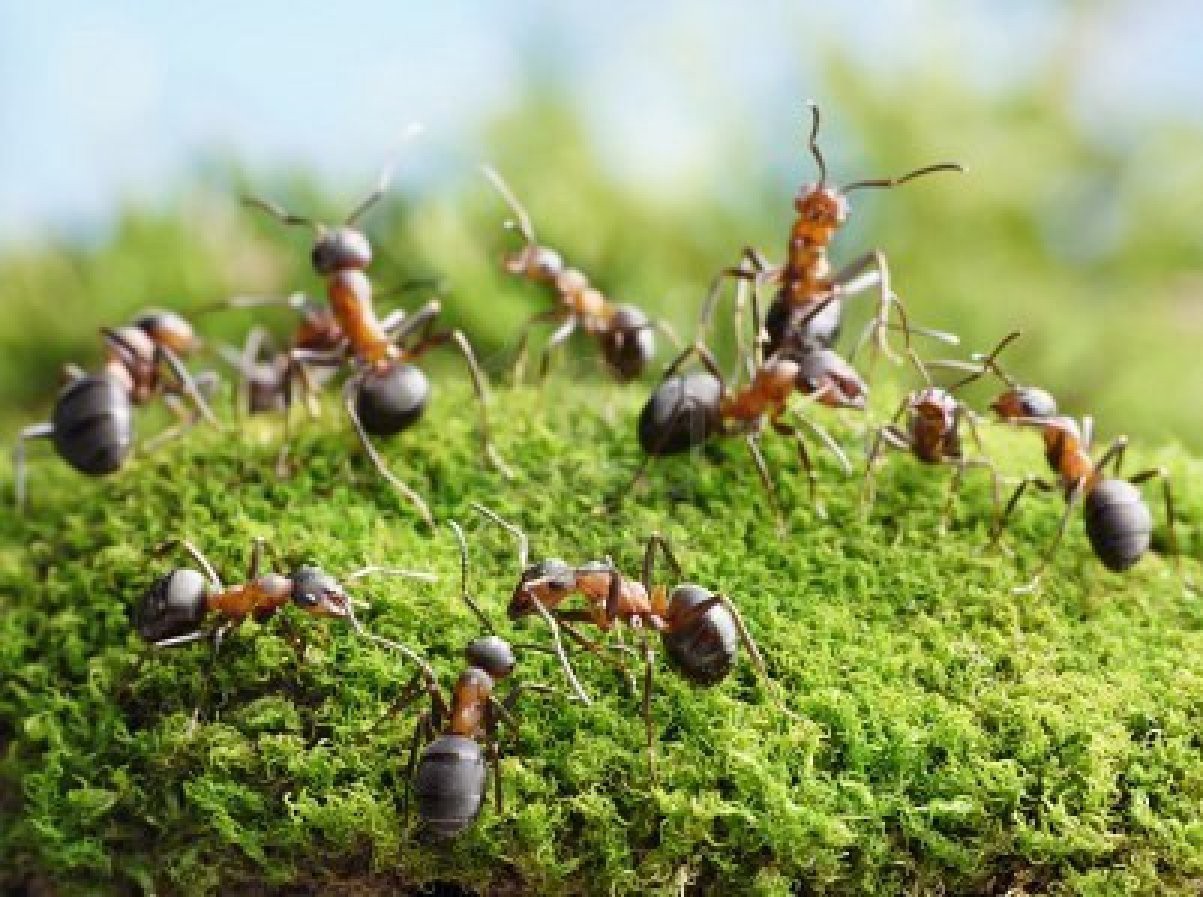Turf & Lawn Blog
Lawn Problems 11 - Ants in Your Lawn?
You may not exactly be worried about ants in your garden. After all, they are one of the most abundant insects on the planet, so you are almost certain to have some in your garden at some stage, and surely it’s best to live with them? They clear up crumbs and mess if you eat outdoors, and generally keep the garden tidy, so surely you can tolerate them? Well, yes, probably that’s true, but if they make nests in the lawn, then they will make a mess of it.
They disturb the soil around plant roots and deposit it on the surface, which can make a lawn look a bit untidy, and alter the levels. It generally doesn’t do the plants much harm, though, although it can be a nuisance. They can also be a nuisance with their aphid-farming activities: ants will protect aphids in order to feed on their honeydew, so you will end up with more damage to your plants.

Controlling ants
There are plenty of proprietary ant powders available, which will certainly kill ants, but may not destroy the nests, since these are more extensive than the surface activity suggests. They may also not be suitable for use around plants, so do check. You can also get pathogenic nematodes, Steinernema feltiae, to treat ant nests in lawns and flowerbeds. As with most nematodes, these need to be watered onto the soil around the ants’ excavations.
Dealing with ant activity
Don’t try to mow the piles of excavated soil! You will spread them all over the lawn. Instead, wait for a dry day, and brush the soil away, back onto the flowerbeds. If your lawn has suffered from ant activity for many years, it may well be uneven from all the excavating. In that case, you can patch and level. This is best done in winter when the ants are less active.
Using a sharp spade or edging tool, peel back the turf in the raised areas, and remove excess soil to re-level. You can then relay the lawn turf, carefully pressing down the edges, and watering to encourage re-rooting. If there are large dips in the lawn, you can do the same thing: peel back the turf, and add topsoil underneath, before relaying the turf carefully. Once relaid, try not to walk on it for at least a few days, to give it a chance to regrow.
Is it worthwhile?
The general consensus is that if you get rid of an ants’ nest, then more queen ants will probably come into the garden to establish new colonies to replace the one that was destroyed. It may therefore not be worthwhile trying to eradicate nests, unless they are in a particularly problematic place.
When you subscribe to the blog, we will send you an e-mail when there are new updates on the site so you wouldn't miss them.
